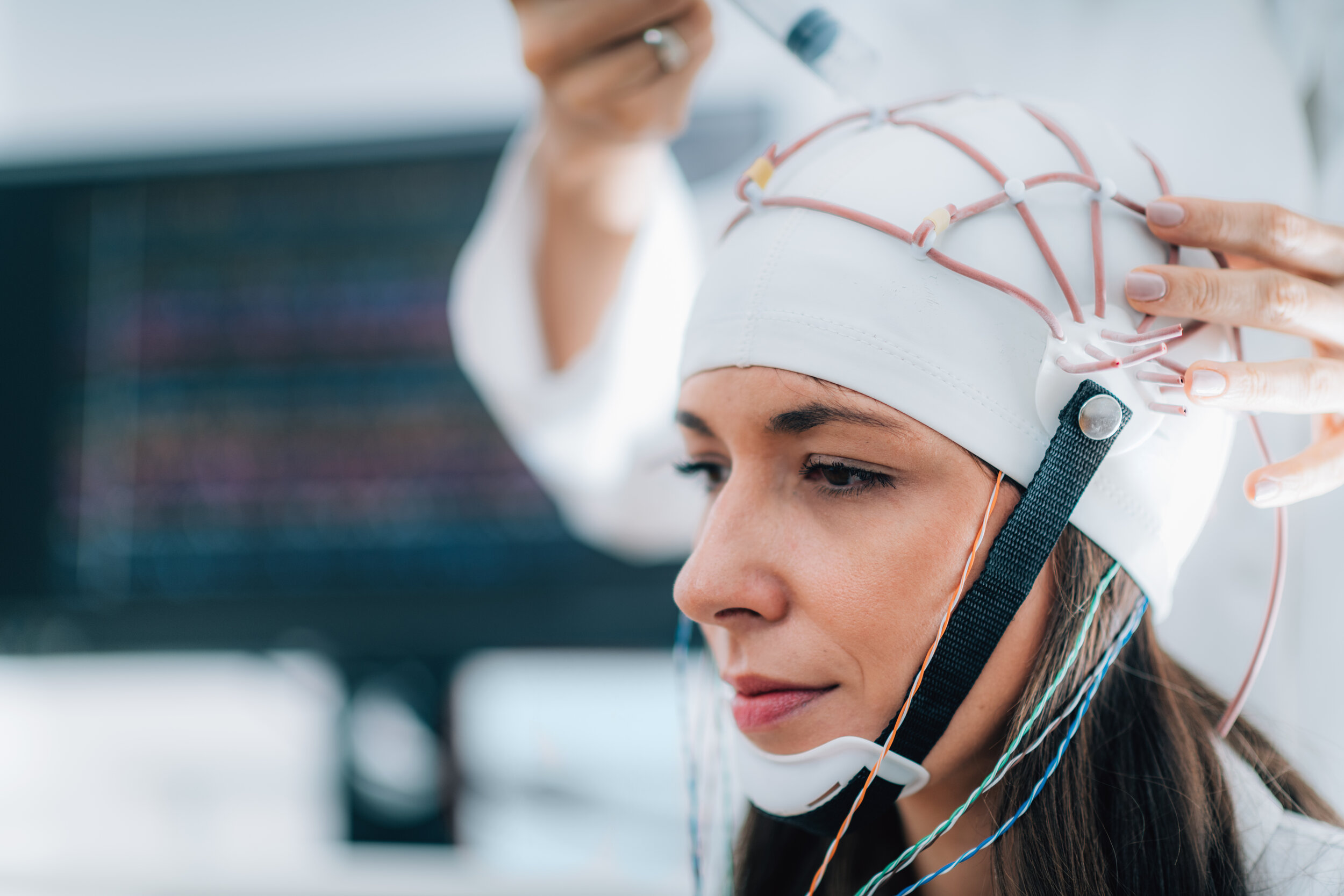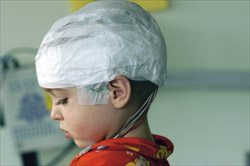

The test is usually conducted in the morning and all caffeine should be completely avoided before a test is given. In preparation for this test, the patient may be asked to stay awake the previous night or get up earlier than usual. The possibility of detecting abnormal brain waves is also much higher when the patient does not have enough sleep or is tired. It is a test done to improve the possibility of detection of abnormal brain wave activities. In such cases, patients may need assistance in returning home or need to stay back a few extra hours at the hospital.Ī Sleep-deprived EEG test is similar to the Sleep EEG tests but the patient is asked to deprive themselves of sleep.

Patients having difficulty relaxing and falling asleep may be given medications to assist in falling asleep. Sleep EEG tests are done very much like standard EEG tests with the only exception being the patient will be asleep during the test.

Sometimes seizures happen when the patient is asleep. When a person is sleeping, the brain wave activity is different from the awake state and some types of abnormal waves are more easily detected when the patient is sleeping. This is done so that whatever abnormal symptoms that the patient was being treated for can be reevaluated during the test. If the patient is being reevaluated, then the doctor may ask them to stop taking currently prescribed medications a day before the test.
#EEG MONITORING FREE#
After which the patient is free to go back home. The whole process may take up to two hours with the actual recording taking as little as 20 minutes. Further tests may be required for making a diagnosis if an abnormality is found or detected.Ī Standard EEG test is usually done on an outpatient basis at a hospital or clinic. Results from these tests are used to check for any abnormal brain waves that may be an indication of more serious underlying health conditions. 5 Types of EEG tests for brain wave monitoringĪ doctor may order a standard EEG test if a patient is experiencing symptoms such as persistent headaches, unexplained seizures or behavioral changes. There are numerous tests an EEG tech can run so let's take a look at a few of the more common ones given. The most common tests performed by a neurodiagnostic technologist are electroencephalograms (EEG) to assess the quality and/or presence of brain activity. By recording electrical patterns throughout these systems, neurodiagnostic technologists provide valuable data that physicians use to make diagnoses and treat conditions.

The test results that are gathered enable physicians to diagnose and treat conditions such as degenerative brain diseases, headaches, dizziness, seizure disorders, strokes, mental disorders, and sleep disorders. They use specialized equipment to determine how effectively a patient's nervous system is functioning. A Neurodiagnostic technologist (NDT) specializes in recording electrical activity in the brain and nervous system for diagnostic purposes.


 0 kommentar(er)
0 kommentar(er)
